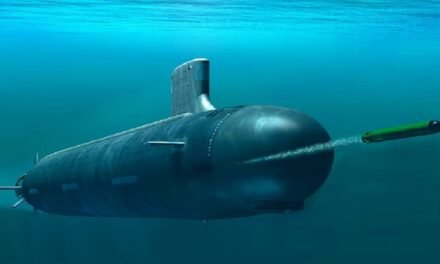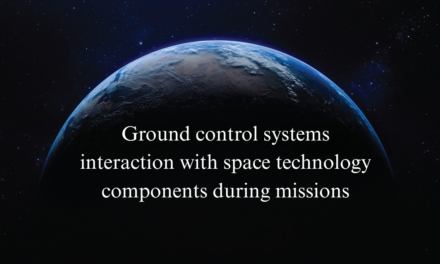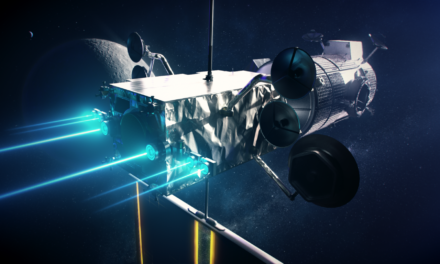Scaling up aircraft production to meet growing global demand is a complex and resource-intensive process. The aerospace industry must balance increased production rates with stringent safety standards, quality assurance, and cost-effectiveness. Here are the key challenges faced by aircraft manufacturers when scaling up production:
1. Supply Chain Constraints
- Global Dependencies:
- Aircraft production relies on a complex, tiered global supply chain for components like engines, avionics, and materials. Scaling up production strains suppliers, especially smaller Tier 2 and Tier 3 suppliers.
- Material Shortages:
- Increased demand for aerospace-grade materials such as aluminum, titanium, and composites often leads to supply bottlenecks.
- Example: The COVID-19 pandemic exposed vulnerabilities in material supply chains.
- Supplier Readiness:
- Smaller suppliers may lack the capacity to scale operations quickly, causing delays in component deliveries.
2. Workforce Challenges
- Skilled Labor Shortage:
- Aerospace manufacturing requires highly skilled workers for tasks such as assembly, quality assurance, and maintenance. Scaling up production often outpaces the availability of trained personnel.
- Workforce Training:
- Training new hires to meet the industry’s stringent standards takes time, delaying scaling efforts.
- Retirement of Experienced Workers:
- The aging workforce in the aerospace sector exacerbates labor shortages.
3. Maintaining Quality and Safety Standards
- Increased Complexity:
- As production rates rise, maintaining the same level of quality control becomes more challenging.
- Regulatory Compliance:
- Scaling up production must still meet rigorous certification standards set by FAA, EASA, and other regulatory bodies, increasing the administrative burden.
- Risk of Errors:
- Higher production volumes can lead to a greater risk of manufacturing defects or process errors if quality control is not robustly scaled.
4. Infrastructure Limitations
- Facility Capacity:
- Existing manufacturing facilities may not be large enough to accommodate increased production, requiring costly expansions or new facilities.
- Automation Bottlenecks:
- While automation can help scale production, implementing and integrating automated systems takes significant time and investment.
- Logistics and Space:
- Increased production leads to higher storage and transportation demands, straining logistics networks.
5. Production Lead Times
- Long Manufacturing Cycles:
- Aircraft production involves lengthy cycles, from raw material procurement to final assembly, making rapid scaling difficult.
- Dependency on Critical Components:
- Components like jet engines and avionics have long lead times, limiting the pace of production scaling.
- Custom Configurations:
- Airlines often request customized aircraft configurations, which complicates standardization and increases production times.
6. Technological Integration
- Adopting Advanced Technologies:
- Scaling up requires incorporating technologies like automation, additive manufacturing, and digital twins, which take time to implement and optimize.
- Training and Implementation:
- Workers and managers need training to effectively use new technologies, slowing down scaling efforts.
7. Cost Pressures
- Rising Production Costs:
- Increasing production rates often leads to higher operational costs, including labor, materials, and energy.
- Pressure from Airlines:
- Airlines demand cost-effective aircraft while expecting on-time delivery, squeezing manufacturers’ margins.
- Initial Investment:
- Scaling up requires significant upfront investment in facilities, equipment, and technology, which may not yield immediate returns.
8. Environmental and Sustainability Challenges
- Increased Emissions:
- Scaling up production raises concerns about the environmental impact of manufacturing processes.
- Sustainable Materials:
- Sourcing eco-friendly materials at scale can be challenging due to limited availability and higher costs.
- Regulatory Pressure:
- Stricter environmental regulations require manufacturers to adopt greener production methods while scaling up, adding complexity.
9. Market Volatility and Demand Fluctuations
- Uncertain Demand:
- While global air travel demand is increasing, economic downturns, pandemics, or geopolitical events can lead to sudden drops in orders.
- Example: The COVID-19 pandemic caused airlines to defer or cancel orders, disrupting production schedules.
- Overproduction Risks:
- Rapid scaling without accurate demand forecasting can result in excess inventory and financial losses.
10. Balancing Innovation with Scaling
- Incorporating New Technologies:
- Balancing the integration of cutting-edge technologies with the need to scale up production adds complexity.
- Example: Transitioning to more fuel-efficient designs or hybrid-electric propulsion systems can slow production scaling.
- Certification Challenges:
- New technologies require additional certification, which can delay scaling efforts.
11. Coordination Across Stakeholders
- Collaboration with Suppliers:
- Effective scaling requires seamless communication and coordination with a global network of suppliers and partners.
- Government and Regulatory Bodies:
- Delays in obtaining certifications or approvals for production increases can impact timelines.
- Customer Expectations:
- Meeting diverse customer demands for delivery timelines, customizations, and cost-efficiency requires careful management.
12. Risk Management
- Increased Risk Exposure:
- Scaling up magnifies the potential impact of supply chain disruptions, quality issues, and operational inefficiencies.
- Mitigating Bottlenecks:
- Identifying and addressing bottlenecks across the production process is critical but time-consuming.
Strategies to Overcome Challenges
- Digital Transformation:
- Use digital twins, AI, and IoT for real-time monitoring, predictive maintenance, and process optimization.
- Supplier Partnerships:
- Build long-term partnerships with suppliers to ensure readiness for increased demand.
- Workforce Development:
- Invest in training programs and collaborations with educational institutions to address labor shortages.
- Standardization and Modularity:
- Develop standardized designs and modular components to simplify production and reduce lead times.
- Sustainability Integration:
- Adopt sustainable materials and energy-efficient processes to align with environmental goals while scaling.
- Flexible Manufacturing Systems:
- Implement adaptable systems that can scale production up or down based on demand fluctuations.
Conclusion
Scaling up aircraft production to meet global demand involves navigating challenges across supply chains, workforce readiness, regulatory compliance, and infrastructure capacity. By adopting advanced technologies, strengthening supplier relationships, and investing in workforce development, manufacturers can overcome these obstacles. Careful planning and a focus on sustainability and efficiency will be key to meeting growing demand while maintaining safety, quality, and reliability.
Hashtags
#ScalingAircraftProduction #AircraftManufacturingChallenges #AerospaceProduction #GlobalDemandInAviation #SupplyChainConstraints #SupplyChainChallenges #AerospaceSupplyChain #RawMaterialsShortage #SupplyChainResilience #LogisticsInAerospace #SkilledLaborShortage #WorkforceChallenges #FutureWorkforce #TalentGapInManufacturing #AerospaceCareers













